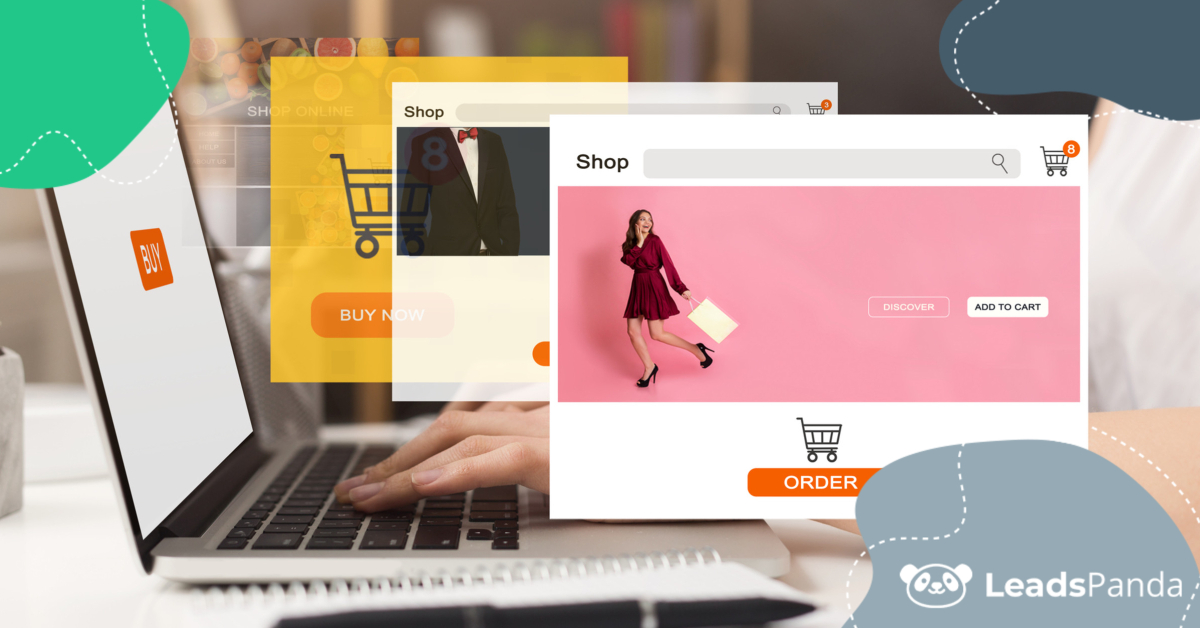Understanding the Psychology Behind the Use of PopUps in eCommerce Marketing
As an ecommerce business, one of your top priorities is to grow your email list. The question is, is there a way that businesses can easily facilitate this process, in the most efficient and effective way possible?
The answer is yes—by integrating popups into your website and understanding the psychology that drives its efficacy.
Let’s take a look at the strategies that you can apply using popups and how the psychology behind it can help drive conversions.
1. Leverage on popup FOMO
FOMO—fear of missing out, is the idea of people feeling a sense of discomfort or anxiety that they’re missing out on something. In the context of popups, this could be a good discount, a limited time only offer, or exclusive content that can only be accessed if they click “yes” on your popup.
- Keep in mind that you can’t really control how your visitors will react to your popup, but you can ensure that you present it in a way that it is compelling enough to catch their attention.
- Highlight the limited nature of the offer by adding a deadline or a countdown.
- Emphasize the advantages of responding positively to your offer—this will make them more likely to respond to your offer.
2. Tap into their desire for instant gratification
Fear of missing out can draw your audience to pay attention to your popup; now you want to make sure that they feel glad they did so. You want your popup to create an impression, enough so that it continues to hold the attention of your audience and you can further engage them.
- Be sure to offer something of value to your audience—incentivize their effort.
- Popups can both serve to spread your message and drive sales, so make sure that your offers are relevant to your overall goals and audience needs.
- Get to know your audience, this is the best way you can offer something that is important and relevant to them.
3. Spell out what you want
In traditional marketing, marketers were careful about telling audiences what they really wanted from them. Hard selling was considered very gauche. Online however, is a whole new ballgame. Attention spans are shorter, there’s more competition, and there’s a lot of room for confusion. That said:
- Be clear what you want your audience to do. If you want them to sign up, provide their email address, complete their purchase, say so on your popup.
- Keep your popup layout and design simple and clear. Minimize button options and keep copy at a minimum.
- Use words that will trigger action.
4. Make sure your popup is well designed
A well crafted, catchy and engaging message is essential. But it is nothing if the message isn’t displayed on a popup that is well designed. What if the color of the popup blends well into the layout of the website? Then it won’t capture the attention of your audience? What if it was cluttered and not designed well? This will reflect on your brand, product and service.
- You want your popup to be eye catching without being too garish or loud. Streamline your colours so that it stands out from your actual website, but still seamlessly blends with the overall theme.
- Keep the layout simple, with minimal copy and options, using clear fonts.
- Avoid picking a generic design. Your popup has to deliver a clear message that it’s still part of your site. You wouldn’t want your audience to exit the popup because they assume it is spam.
Understanding how these elements work and the psychology behind it, is key to creating a popup that will actually deliver the results you need.
One final note—
When creating and implementing your popup, be sure to test, analyse and measure how effective these various elements are. Not all audiences are built the same. In the same vein, there are numerous ways you can create and customize popups so that you are tapping into your audience’s needs the best way you can.
This means you need to test and find what really compels your audience to act. Focus on copy, design, timing, buttons and all the other elements.
To learn more about how popups can help deliver the conversions needed for your business, get in touch with us today and start your free trial.
And for questions about this article, be sure to leave a comment below.
Share This Story
Get the latest growth ideas, strategies, and best practices delivered to your inbox.
Quick read that helps 7000+ subscribers.









